Villa Gregoriana Park, Triumph of Romanticism
- Rome |
- March 26, 2024 |
- maurizio
A wonderful waterfall and an environment that has inspired the greatest European painters
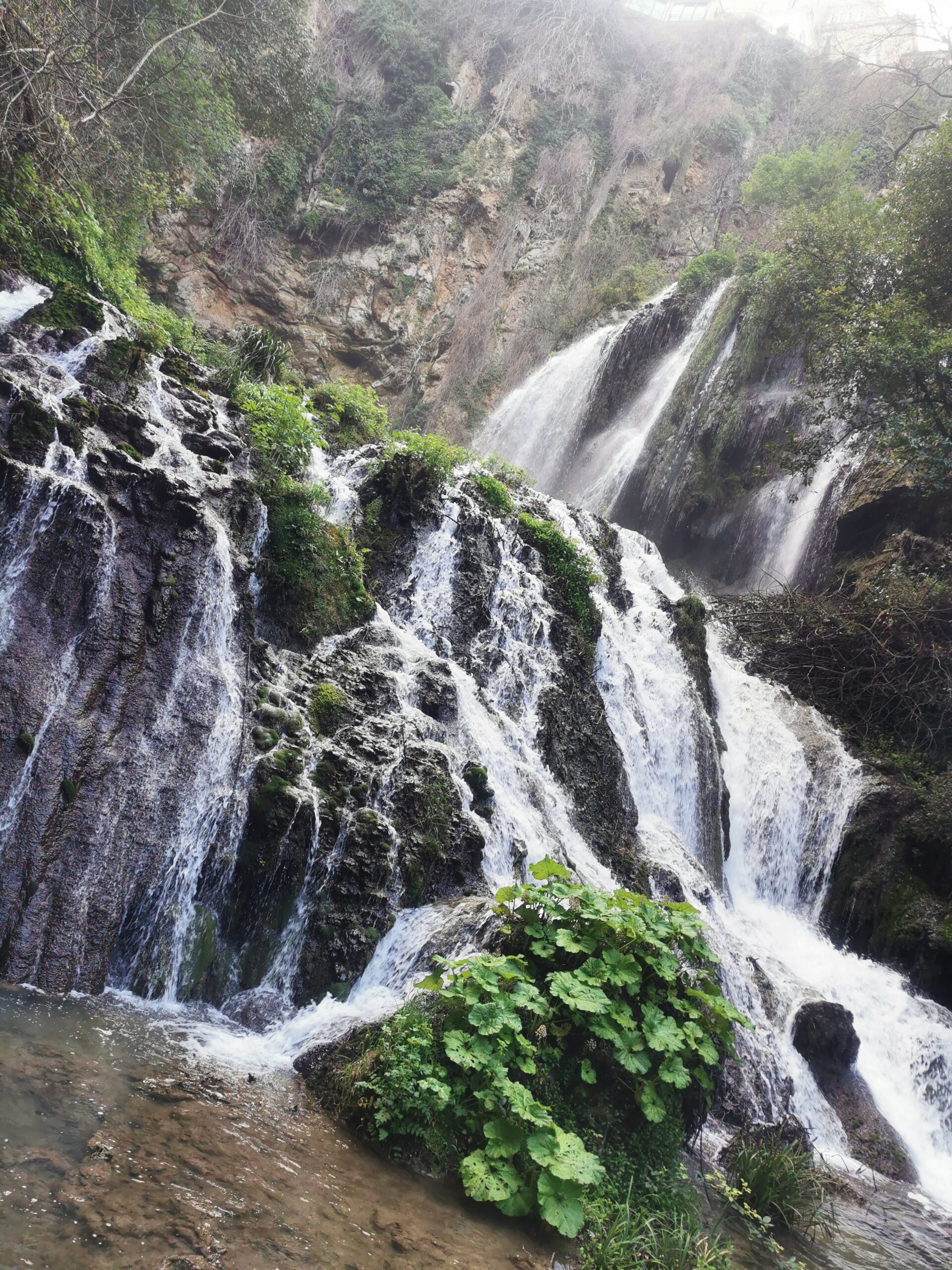
The Itinerary
A descent akin to Dante’s journey to the bottom of a valley and an ascent emerging at the acropolis of ancient Tibur, accompanied by the sight and sounds of two stunning waterfalls: Villa Gregoriana still evokes the same emotions it has given travelers on the Grand Tour for centuries: the “Tour” of Italy that attracted the greatest intellectuals and aristocrats of Europe. Poussin, Lorrain, Dughet, Piranesi, Corot, Hackert, Van Wittel Piranesi, Turner, Ingres have portrayed this place. Goethe wrote: “Those waterfalls, along with the ruins and the whole landscape complex, are among the things whose knowledge makes us inwardly and profoundly richer…”.
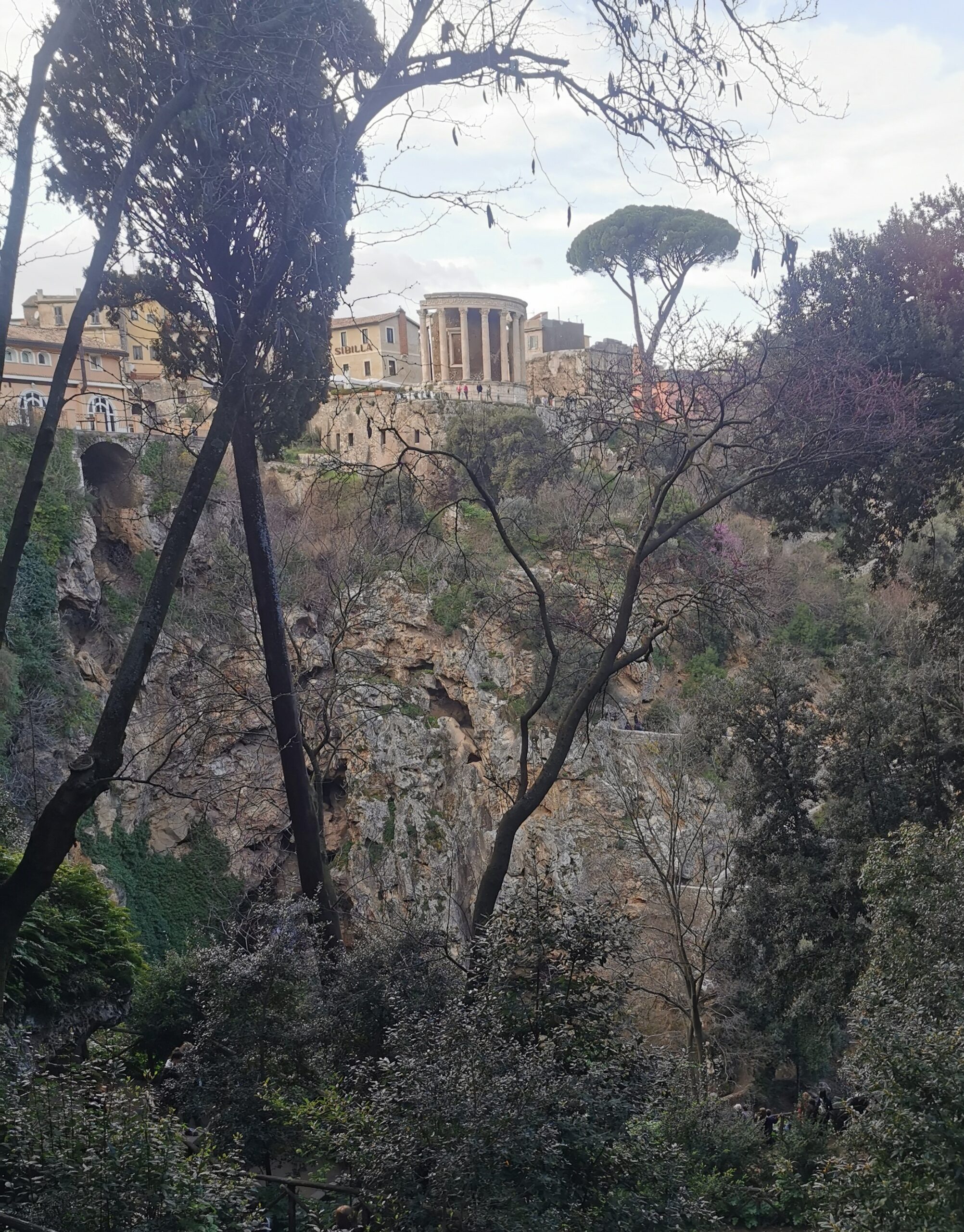
Therefore, it is a magical, enchanting place where oaks, pines, and cypresses mingle with laurels, strawberry trees, and cyclamens. Here, the Roman Villa of Manlius Vopiscus is the first clearing with ruins encountered along the path. The owner was perhaps the father of a consul from 114 AD, and the current park roughly corresponds to his property. At the time, there were two waterfalls. Unfortunately, only the substructure elements of the Roman building remain: rooms used as natural caves according to the taste of the time. Among the interior spaces – still visitable today – one must have been a fish pond.
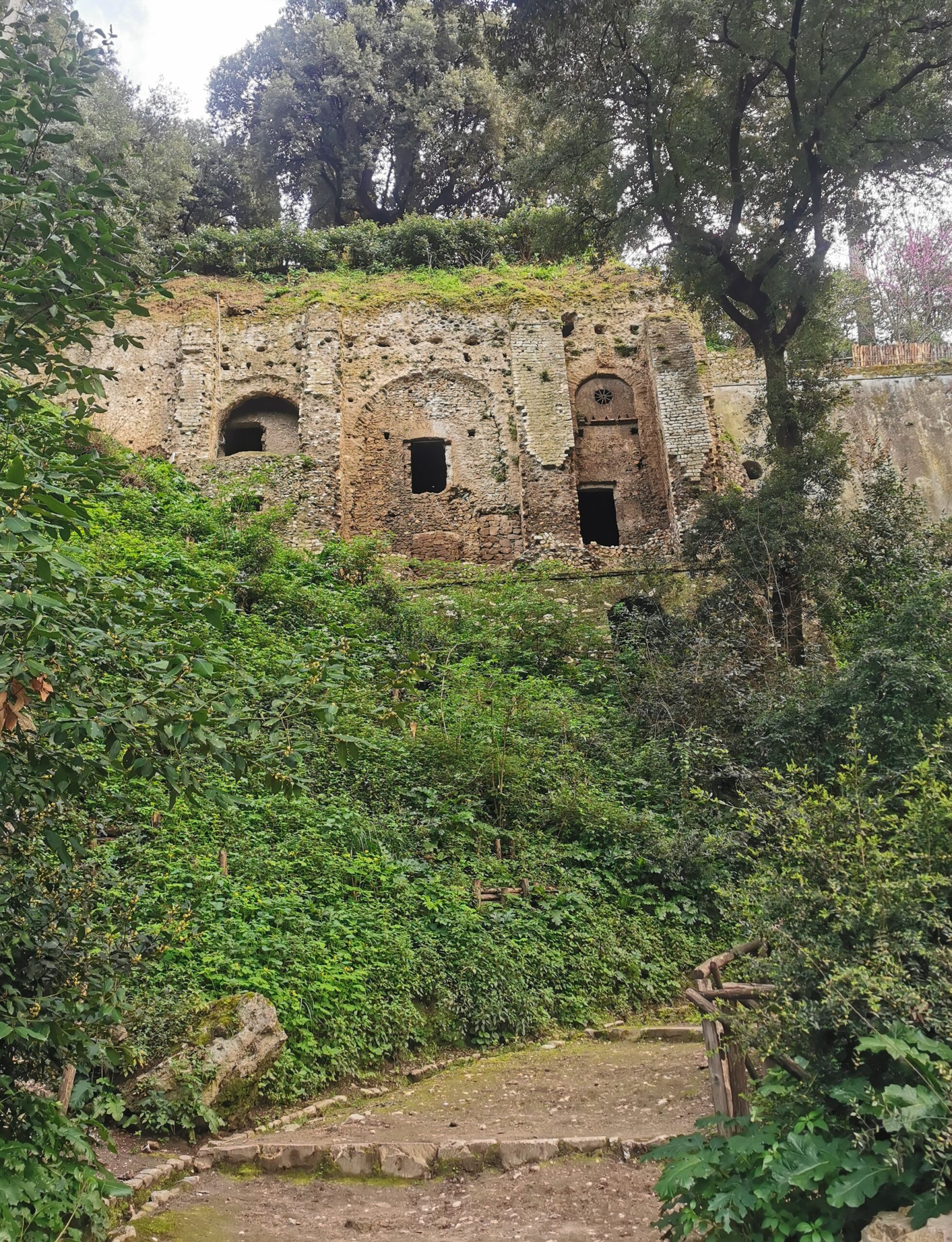
Continuing along the Villa’s path, a Belvedere opens up overlooking the Grotto of Neptune. Then, more hairpin turns and trails lead to the bottom of the valley, to the Grotto of the Sirens, where the water seems to be swallowed by the center of the Earth. Here, the view is marvelous, and it is possible to take a break immersed in the beauty of nature.
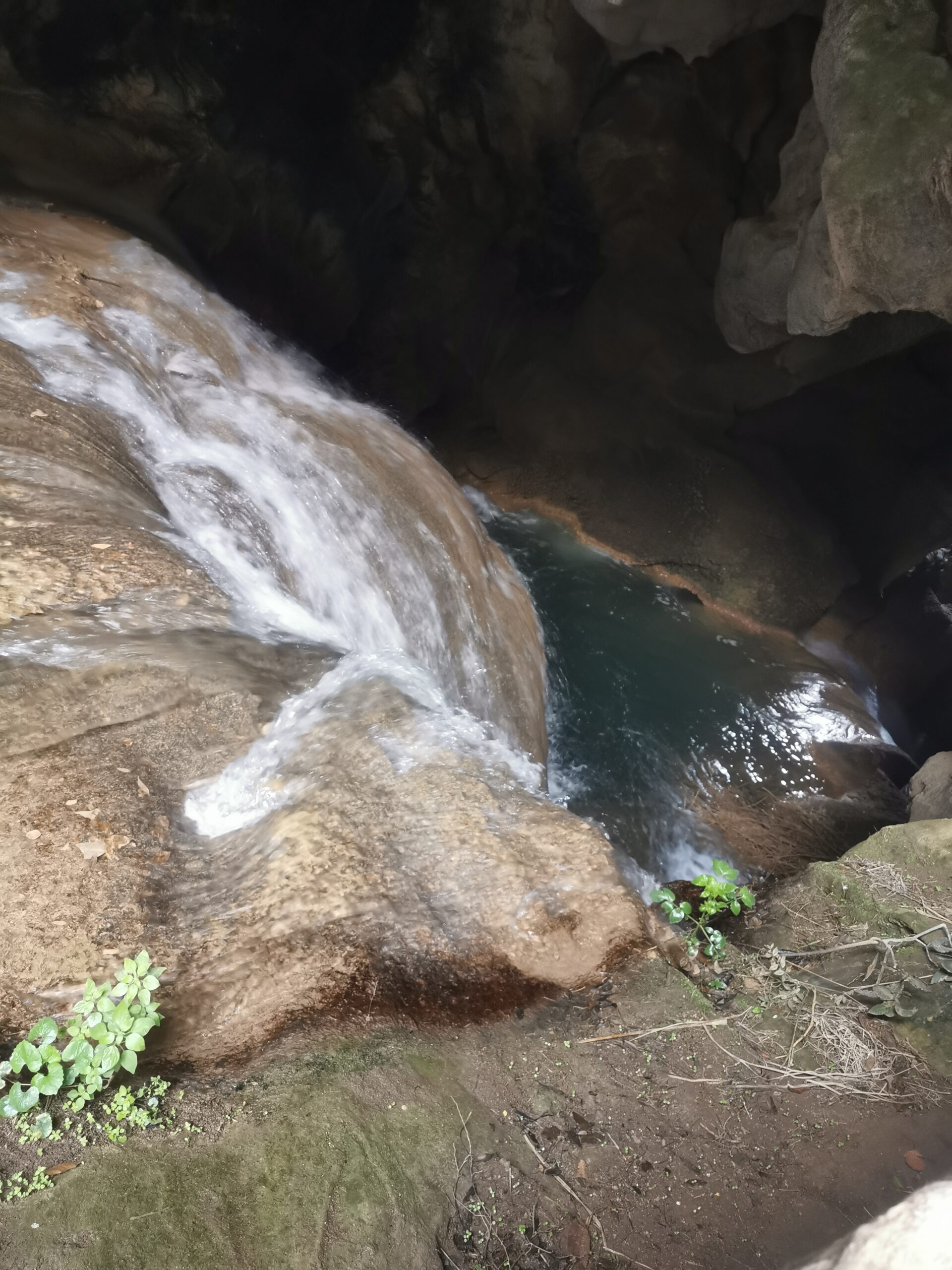
The ascent is finally long and full of surprises. An intermediate stop is the suggestive Grotto of Neptune. Then, the journey continues to the Temple of Vesta, the Tiburtine Sibyl, and Albunea: a water nymph who acquired oracle abilities. The exit is at the striking acropolis of ancient Tibur.
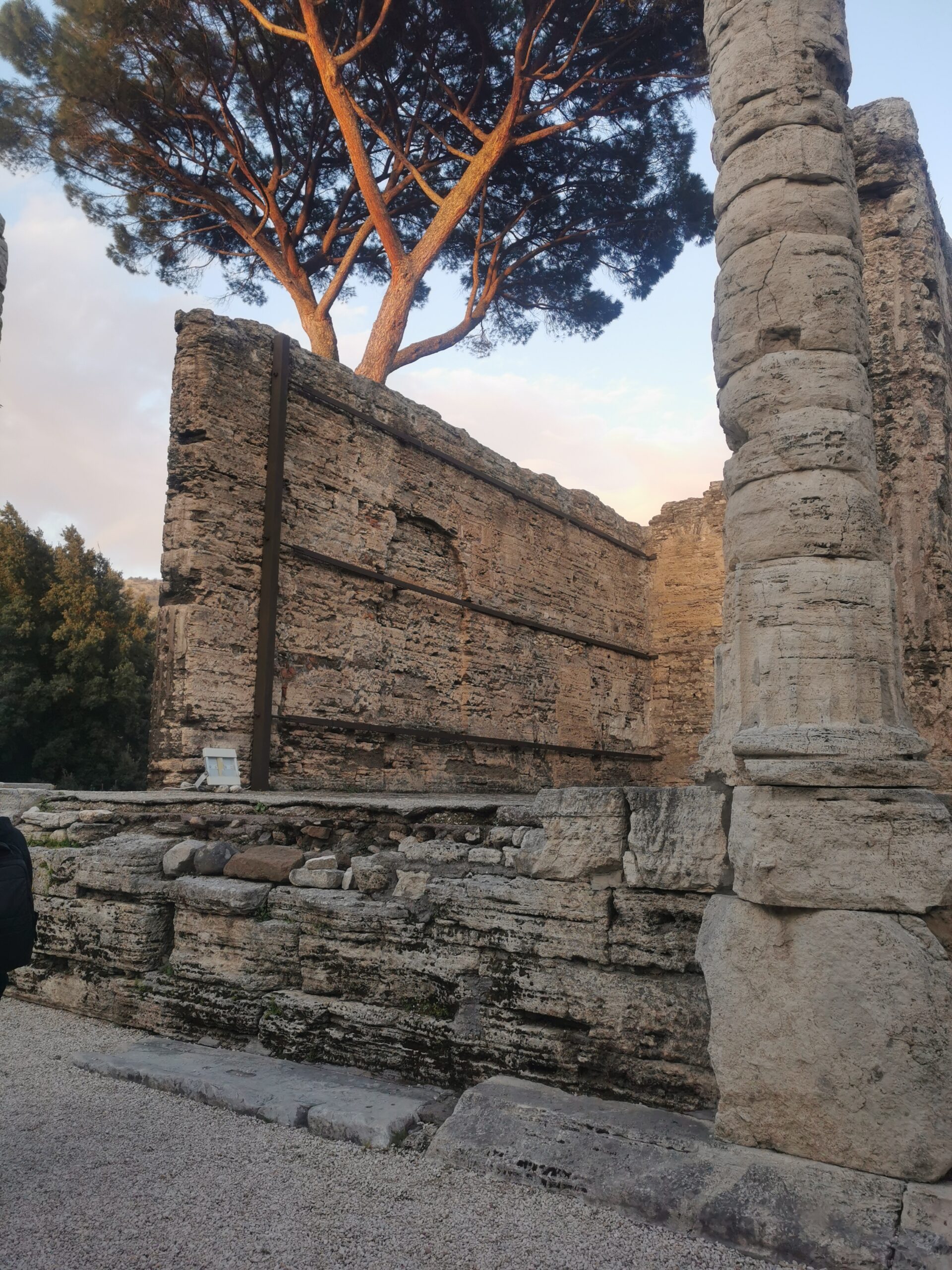
The History
Inaugurated on October 7, 1835, Villa Gregoriana Park is the result of a disastrous flood in 1826. Grand Tour travelers came here to see a river that cascaded 25 meters from the citadel to the Grotto of Neptune. From there, there was another fall to the bottom of the Valley of Hell, where there was a small lake. Finally, they continued through the Grotto of the Sirens. In the area, the first river containment works had been done by the ancient Romans. However, the disastrous flood of the early 19th century changed everything. First, a wall was built to divert the river with a thickness of 18 meters. Then, an international competition was held to definitively solve the issue.
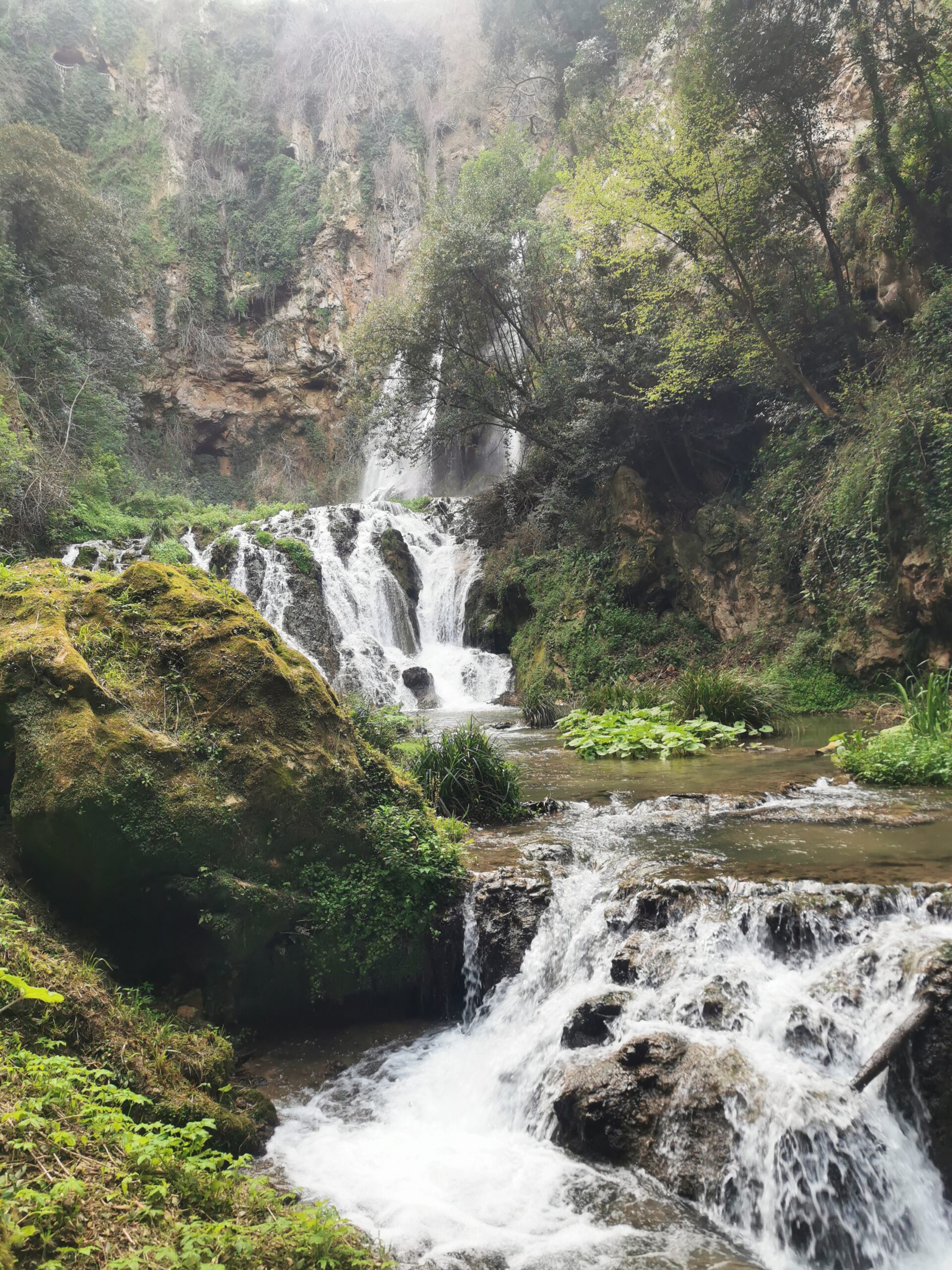
The most technological solution was chosen: the construction of two canals, called Gregorian, in Mount Catillo. They were 280 meters long and up to 10 meters wide. It took years, but it worked: now the water jump from Mount Catillo is over 100 meters and is visible, in a specific clearing, immediately after the park entrance. Therefore, it took almost two centuries to reach today’s arrangement – which preserves the city of Tivoli and the romantic context of the 19th-century park. After the bombings of World War II, the park still fell into ruin. The current arrangement dates back to the early 2000s.
Location: https://maps.app.goo.gl/ahnsPYwGE1P74o7x8
Full ticket: 10 euros
Official website: https://fondoambiente.it/luoghi/parco-villa-gregoriana/visita